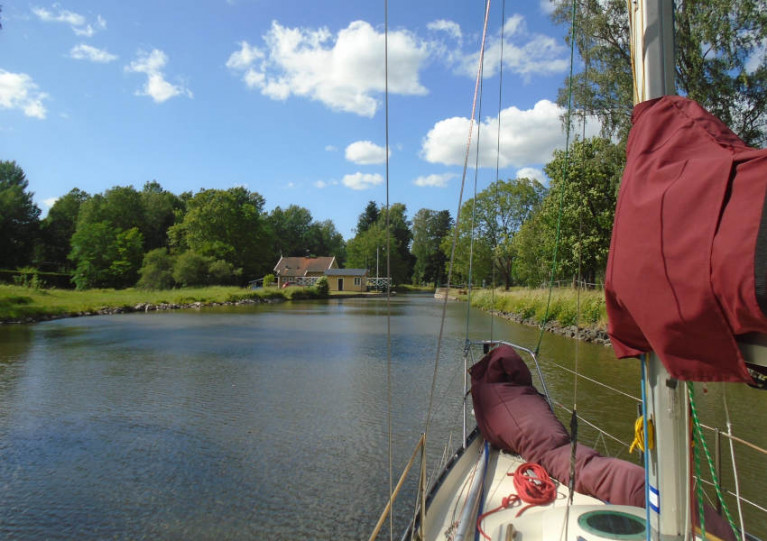Displaying items by tag: Cruising Conference
Last Chance to Register for RYANI Cruising Conference 2023
Now is your chance to secure a spot at this year’s RYA Northern Ireland Cruising Conference, which will take place on Saturday 28 January at the Royal North of Ireland Yacht Club in Cultra, Co Down on Belfast Lough.
The conference will be jam-packed with information, expert advice and opportunities to meet others from the cruising community, as well as the RYANI team.
As previously reported on Afloat.ie, speakers for the day include Carol Paddison and Mel Hyde from the RYA, Paul Magee from PGM Training discussing sea survival and Margie Crawford from East Down Yacht Club telling of her experiences cruising Antarctica.
Registration will begin at 9.30am, with the conference running from 10am until 4.30pm.
Tickets for the event, which includes a two course lunch, cost £35 and there is a reduced fee of £30 for RYA Personal Members. Register for the event HERE.
RYA Northern Ireland Gets Ready for Next Month’s Cruising Conference
RYA Northern Ireland is getting ready for its next Cruising Conference, which will be held at Royal North of Ireland Yacht Club in Cultra, Co Down in the New Year.
The conference takes place on Saturday 28 January and will have an interesting line-up of speakers including Paul Magee on sea survival, Margie Crawford on her trip to Antarctic and RYA representatives discussing areas of concern for boaters in Northern Ireland.
Tickets prices are £30-£35 and include a two-course lunch. For more information and to book a ticket, see the Eventbrite page HERE.
Irish Sailing Cruising Conference Is Fully Booked
Next weekend’s Irish Sailing Cruising Conference is now fully booked, with delegates looking forward to a day of exploration and discovery.
As previously reported on Afloat.ie, the full programme of talks and sessions on Saturday 15 February will take in everything from exciting polar adventures to practical advice for more local cruisers.
Damian Foxall, Niall MacAllister and Lucy Hunt will share footage from the far side of the world — the team still have a small number of places for guests to join them in Antarctica’s waters.
And one lucky delegate will take home the Union Chandlery spot prize of a Seago 190 Pro Lifejacket currently valued at €210.
























































